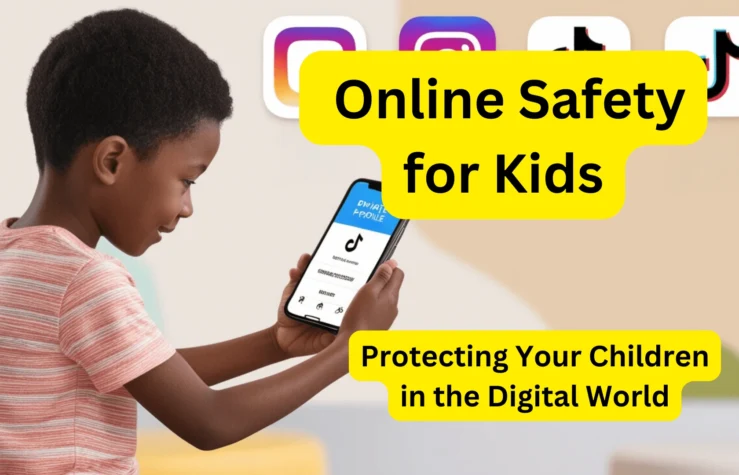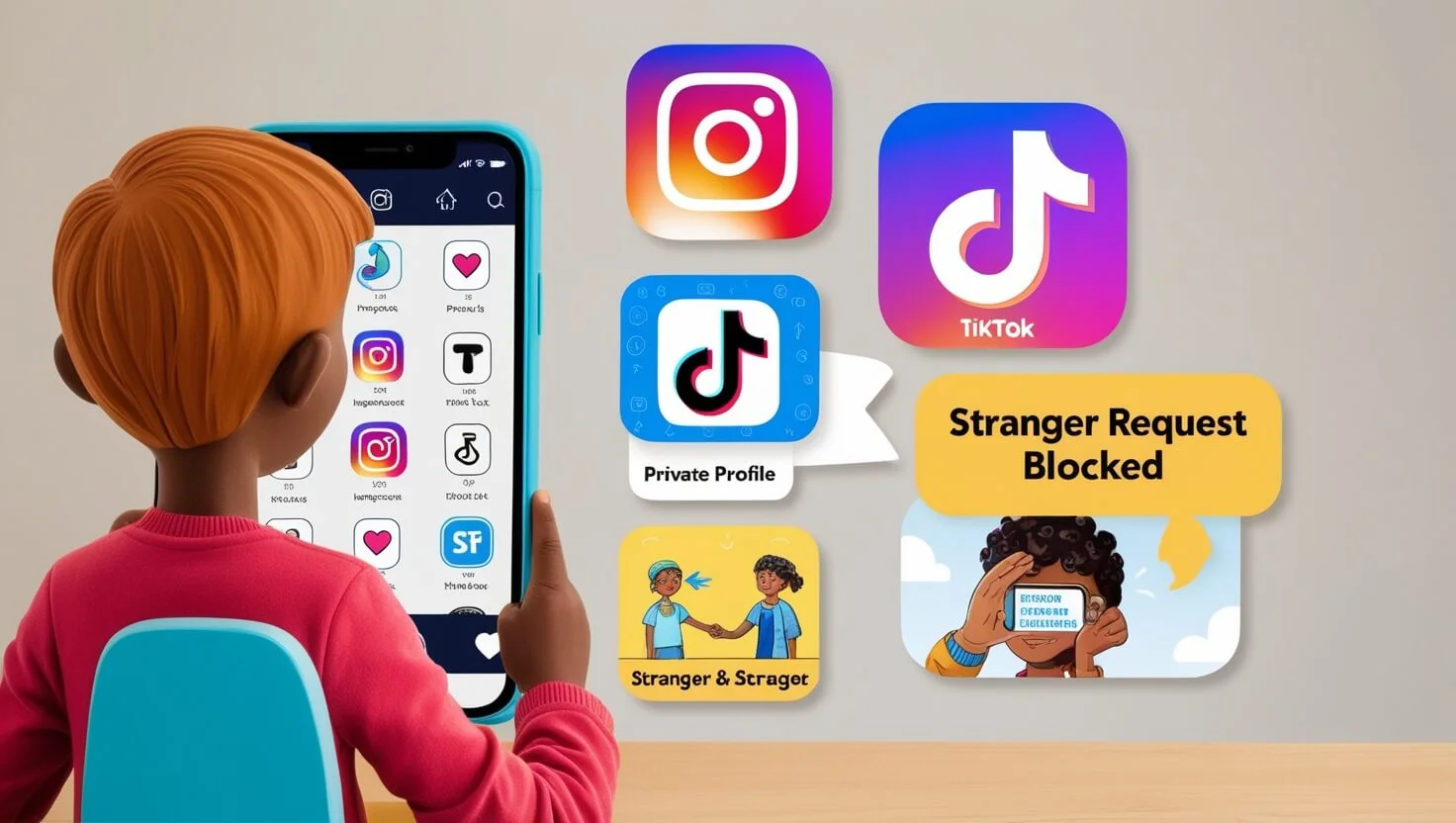In today’s hyper-connected world, children are using the internet more than ever before. While the online space offers vast opportunities for learning and entertainment, it also presents serious risks for young users. As parents, guardians, and educators, ensuring online safety for kids is essential in protecting them from threats like cyberbullying, inappropriate content, and online predators.
Understanding the Importance of Online Safety for Kids
The Digital Reality for Children
The internet has become an essential part of children’s lives, from educational tools and social interaction to gaming and streaming platforms. According to a report by UNICEF, one in three internet users worldwide is a child, which makes them particularly vulnerable to online dangers.
Why Online Safety is Crucial
Children are naturally curious and may not always understand the dangers lurking online. Predators, scams, malicious software, and exposure to explicit content can lead to serious mental, emotional, and even physical harm. Moreover, cyberbullying can damage their self-esteem and affect their overall well-being.
Common Online Risks for Children
Inappropriate Content
Kids can accidentally or intentionally come across violent, explicit, or otherwise inappropriate content. Without the right parental controls, this type of exposure can have long-lasting negative effects on their development.

Cyberbullying
Cyberbullying is a growing issue where children are harassed, humiliated, or threatened online. The anonymity of the internet can embolden bullies, making it a difficult challenge for both the child and the parent to detect and stop.
Online Predators
Predators often disguise themselves online, posing as friendly peers to manipulate and exploit children. They frequent social media platforms, chat rooms, and even gaming forums, seeking vulnerable users to engage.
Data Privacy and Scams
Children may not fully grasp the importance of data privacy, making them easy targets for phishing scams or fraud. They could unknowingly share sensitive information or click on links that lead to malware.
Steps to Ensure Online Safety for Kids
Educate Your Child About Online Dangers
The first step in online safety is education. Teach your child about the potential risks of interacting with strangers, sharing personal information, and clicking suspicious links. Encourage open dialogue, so they feel comfortable coming to you if they encounter something inappropriate.
Utilize Parental Controls
Most devices, apps, and internet browsers come with parental controls that allow you to filter content and set time limits. Using these tools helps prevent access to unsuitable content and ensures that children have a healthy balance between screen time and offline activities.
Monitor Their Online Activity
Keep an eye on your child’s online behavior. Be aware of the apps they use, the websites they visit, and their social media interactions. You don’t have to invade their privacy but make it clear that monitoring is for their protection.
Create Strong, Unique Passwords
Teach your children the importance of creating secure passwords and never sharing them with anyone, even friends. Using a password manager can help them generate and store passwords safely.
Encourage Safe Social Media Practices
If your child uses social media, ensure they understand the importance of setting profiles to private, not accepting friend requests from strangers, and avoiding sharing personal details such as their home address, school, or location.
Making an Online Safety Plan for the Family
Set Clear Boundaries and Rules
Establish clear rules about what websites and apps your children can use, how much time they can spend online, and what types of behavior are acceptable. A family agreement or contract can be a helpful tool to lay out expectations and consequences.

Encourage Offline Activities
Encourage children to participate in offline activities to balance their online lives. Hobbies such as reading, sports, or spending time outdoors help reduce the time they spend on devices and reduce the chances of them encountering harmful content.
Maintain Open Communication
Children need to feel comfortable talking to their parents about anything they encounter online. Encourage them to share their experiences and concerns without fear of punishment. This open dialogue can help you quickly identify and resolve issues.
Resources for Online Safety
Trusted Websites and Tools
Many organizations provide resources to help parents ensure their children’s online safety. Websites like Common Sense Media, NetSmartz, and Internet Matters offer tips, advice, and tools for monitoring children’s internet usage.
Use of Anti-Virus and Anti-Malware Software
Ensure that all devices used by your children are equipped with reliable antivirus and anti-malware software. This adds an extra layer of protection against harmful downloads and cyberattacks.
Engage with Educational Programs
Many schools and online platforms now offer digital literacy programs designed to teach kids how to navigate the internet safely. Encourage your child to participate in these programs.
How to Handle Mistakes in Life
Despite best efforts, your child may still encounter online dangers. Here’s how to handle these situations:
- Cyberbullying: Keep a record of the bullying, report it on the platform, and, if required, get in touch with the authorities or the school.
- Predatory Behavior: If you suspect your child is being targeted by an online predator, stop all communication immediately, report it to the authorities, and ensure your child knows not to engage with strangers online.
- Data Breach or Scam: Teach your child not to provide personal information online. In the event of a breach, change passwords immediately and inform any relevant institutions.
Final Thoughts: Fostering a Safe Digital Environment
Online safety for kids is a shared responsibility between parents, educators, and tech companies. The goal is not to frighten children away from using the internet but to provide them with the knowledge and tools to navigate it safely. By fostering open communication, setting appropriate boundaries, and using the right tools, you can protect your child from the many risks the online world presents while still allowing them to benefit from its positive aspects.
Keeping up with the latest trends in digital safety and actively participating in your child’s online life can go a long way in ensuring they remain safe, informed, and responsible digital citizens. By following these best practices and fostering a safe and supportive online environment, you can protect your child from the potential dangers of the internet.

